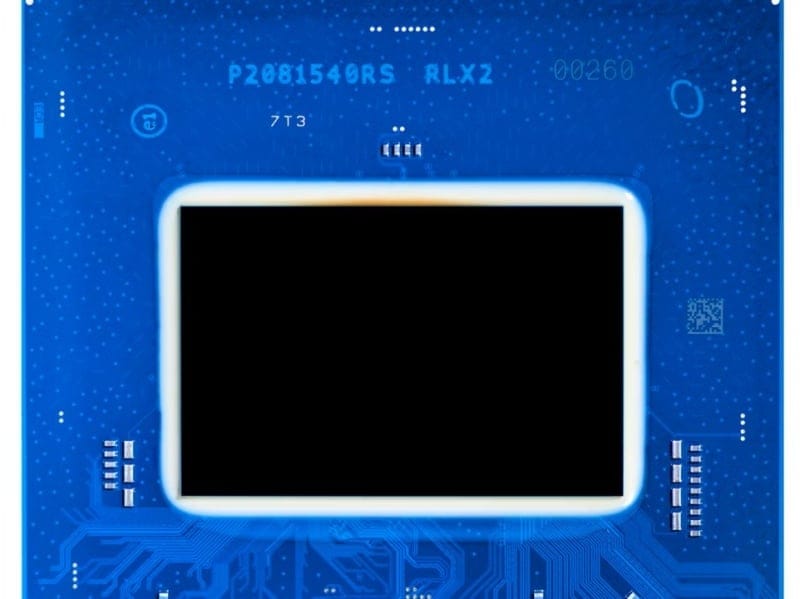What to know
- Intel has announced its first dedicated GPU for cars – the Arc A760A.
- Arc A760A will power the next generation of in-vehicle entertainment and cockpit features, including several AI-enhanced apps and triple-A games.
- Intel dGPUs also make it more flexible for automakers to design a single vehicle platforms that can be easily scaled from integrated to dedicated GPU for different vehicles.
- Without naming any manufacturers, Intel said the first of its dGPUs will be deployed in cars as early as 2025.
Intel has revealed its first discrete GPU (dGPU) for cars – the Arc A760A. The GPU addresses growing power demand when managing large workloads, such as AI features and triple-A games, and will be deployed in vehicles as soon as 2025.
Announced at Intel’s AI Cockpit Experience event, Arc dGPUs help the company build upon its existing portfolio of software-defined vehicle (SDV) system-on-chips (SoC) – car chips and platforms that drive the in-vehicle entertainment. With dedicated power for vehicle platforms, you can “turn the vehicle into a mobile office and entertainment hub with immersive 4K displays, multiscreen setups and advanced 3D interfaces.”

Because Intel’s software is fully compatible across the integrated GPU and the discrete GPU, automakers can work with a single vehicle platform that can scale across levels.
For instance, Intel notes, “entry and mid-level models can leverage the Intel SDV SoC, while higher-end vehicles can benefit from the added horsepower of the dGPU for even more premium features.”
Intel hopes this added horsepower will power the next generation of automotive AI apps and features, 500 of which it has already created with the help of 100 independent software vendors.
The event also highlighted how Arc dGPUs could enhance personalization for drivers and optimize the drive. With AI algorithms that learn driver preferences, intuitive interactions, and natural language processing – all of which are powered by the GPUs – the AI car assistant will be able to execute complex vehicle control commands.
The company’s vice president and general manager of Intel Automotive, Jack Weast, said:
“Intel’s strategy is to bring the power of AI into devices of every size and shape, and we’re thrilled to bring that expertise and our vast open AI ecosystem to the automotive industry,”
The move also allows Intel to diversify its offerings following an uneventful few years and quality issues for its latest PC chips.












Discussion